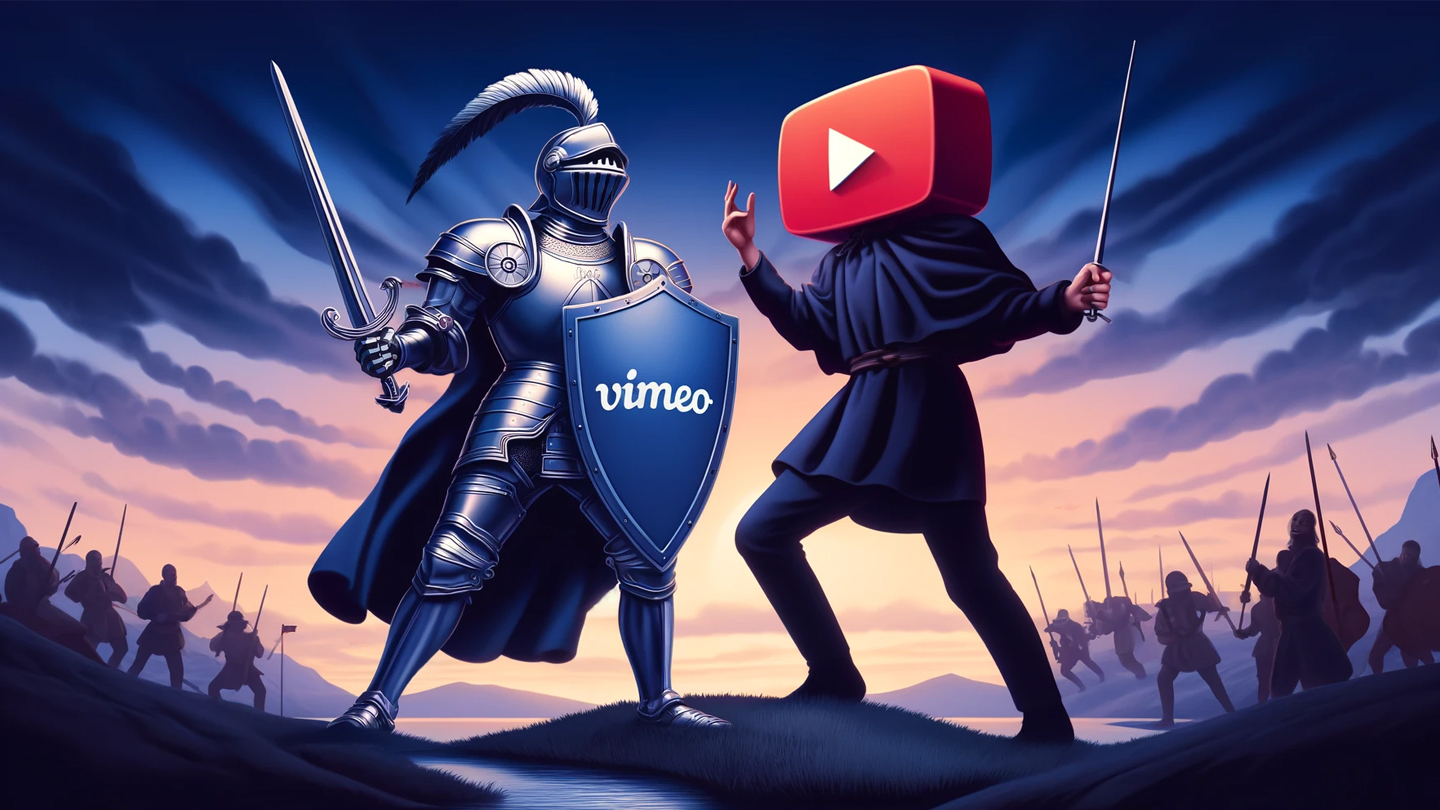

Echoes Through Time
When History Repeats Through Music
When the curtain rises and the first note strikes, audiences find themselves transported by the sound and spectacle of a beloved band resurrected. Tribute bands breathe new life into the timeless hits of legendary artists, serving as musical time capsules for fans young and old. Whether it’s capturing the electric energy of an AC/DC concert or meticulously imitating the fab-four, a tribute band’s mission revolves around recreating the unique essence of their inspirations.
Yet, alongside these tribute acts, a different breed of band exists, serving an equally pivotal role in the music-laden landscape – cover bands. Although both tribute and cover bands stem from a common root of reverence for original artists, they embody distinct identities, each contributing to the melody of the music world in their unique rhythm.
Decoding the Differences
Behind the performance, the makeup, and the costumes, lies the core principle of a tribute band: an unwavering dedication to a single artist or group. Tribute bands do not merely perform songs; they embody the spirit, style, and stage presence of musical icons, rendering tribute through each note they play. Their performances are homages, portals to past concerts, and the closest thing to seeing legendary bands live again.
On the other hand, cover bands offer a diverse musical palette. These versatile performers aren’t confined to one artist or genre, making them the chameleons of the music world. From top chart hits to nostalgic classics, a cover band plays a wide repertoire, appealing to a broad demographic and keeping the spirit of timeless tunes alive.
Wrapping audiences in waves of nostalgia, tribute and cover bands provide a way to honor and continue enjoying the legacy of music’s greatest influencers. Their music transcends just entertainment, painting vibrant pictures of the past with each performance.
The Bohemian Symphony: Inside the World of Tribute Bands
Defining Tribute Bands: Paying Homage to Legends
What sets a tribute band apart from the ordinary? Tribute bands dish out more than just melodies; they cook up a serving of an artist, a time, a place, and a feeling. They are driven by reverence, devoting their art to emulate one particular band or artist. Whether it’s channeling the electric vibes of the Rolling Stones or basking in the mystique of Pink Floyd, a tribute band doesn’t simply wear the skin of the legends, it steps into their soul to deliver an authentic performance.
The Noteworthy Purpose and Role of a Tribute Band
A tribute band has a mission that stretches beyond just performing songs. They pour themselves into the music, wearing nostalgia on their sleeves, aiming to recreate the atmosphere of the bygone era. They generate a collective appreciation for classic hits and keep the music and spirit of famed artists alive. In essence, a tribute band invigorates the still echoes of musical tradition, enabling a continuity that transcends generations.
Examples of Renowned Tribute Bands: From Beatles to Elvis
Some tribute bands have etched out their iconic status. ‘Rain,’ a tribute band known for its striking resemblance to Beatles, takes fans on a whimsical ride down Abbey Road. Or there’s ‘Kissed Alive,’ that celebrates the vivacious legacy of KISS. The game isn’t about fame, but preserving the musical sanctity of those that came before. The spotlight is always on the tribute, not the tribute band.
What Makes a Good Tribute Band?
A good tribute band knows the music, lives the music, and most importantly, loves the music. It’s not just about replication; it’s immersion. A good tribute band appreciates the nuances, the gestures, the attitudes of the original band. Hence, a Beatles tribute band not only wears mop-top haircuts but also embodies the playful camaraderie of Lennon and McCartney. The tribute bands vs their inspirations, it’s not a competition. It’s a resonance. A good tribute band offers not just an echo, but a powerful reverberation of a legend’s signature beat. Learn more about this in our article Things to Consider When Hiring a Tribute Band.
Cover Bands: The Melodic Chameleons
Unraveling the Mystery of Cover Bands
Diffusion. Variation. Diversity. Cover bands embody these principles like no other in the music universe. But what exactly is a cover band? In contrast to the precision clones that are tribute bands, cover bands are masters of adaptation. They dance through melodies, genres, and eras, threading different tunes together, and creating a musical mosaic. They are not tethered to the tribute of a single artist but wander through the vast expanse that is music, freely and audaciously.
Cover Band Vs. Original Band: Exploring the Differences
In comparison with an original band, a cover band is an interpreter. While an original band creates music from scratch, a cover band infuses a fresh, creative spin into pre-existing tunes. They don’t merely rehash what was done; they unlock new perspectives, fostering a link between the listeners and the beloved classics, without disrupting the original essence. Musicians in a cover band navigate the line between homage and originality, by mastering tunes that span across generations and reshaping them for contemporary ears.
Types of Songs a Cover Band Plays
So, what’s on the playlist of a cover band? You might find everything from the heart-thumping rock anthems of the 70s, the neon-toned pop hits of the 80s, grunge-soaked 90s classics, to and even millenial hits. A cover band plays songs from the breadth and depth of the music spectrum, infusing their performances with staggering versatility. Their repertoire creates a musical tapestry that seamlessly stitches the old with the new, allowing audiences to experience an all-encompassing sonic adventure.
Profile of a Good Cover Band
Now, what sets a good cover band apart? A deep understanding and appreciation for a wide array of music, a knack for picking the right song for the right crowd, and the capability to deliver engaging performances, while great, don’t suffice. A good cover band taps into the unseen pulse of a song and reimagines it, giving it a fresh layer of vibrancy. They flex their musical muscles to render, and often surpass, the nuances of original music, appealing to a diverse demographic and reinventing the wheel one cover at a time.

The Melodies of Co-Existence: Dissecting Tribute Bands and Cover Bands
Tribute Bands Vs. Cover Bands: The Fundamental Differences
Turning the spotlight on the differences between cover bands and their tribute counterparts is like comparing a rainbow’s spectrum to a singular beam of colored light. At the core of the ‘tribute bands vs cover bands’ debate, the fundamental point of divergence is their approach to the music they play.
A tribute band is a musical doppelgänger of a particular band or artist. Their dedication to their muse is all-encompassing, mirroring not just the songs, but the ethos, style, stage presence, and even the era. On the other hand, a cover band, while still tied to playing songs by others, allows more room for diversity. Spanning genres, artists, and eras, cover bands are music’s versatile polymaths, at home in any musical setting.
Why Choose a Tribute Band or a Cover Band?
The choice between a tribute band and a cover band ultimately boils down to preference. Fancy an evening basked in Beatles nostalgia or want to relive Led Zeppelin’s heyday? A tribute band will be your time machine. Crave a musical platter offering everything from Maroon 5 to Metallica, from Queen to Ed Sheeran? A cover band is your jukebox.
Be it a tribute or cover band, both offer unique ways to enjoy the music of beloved artists in a live setting. The choice is not so much a competition of ‘tribute band vs cover band,’ but an opportunity to savor the symphony of echoes they bring forth, each in their distinct style. Complementing rather than competing, tribute and cover bands together paint a more vibrant picture of the music industry, diversifying it with their respective charm and broaden the scope for music aficionados.
Reverb of the Past: A Look Back at Cover Bands and Tributes
Back to the Roots: The Emergence of Tribute and Cover Bands
The melody of the tribute band and cover band reverberates back through the annals of music history. The concept isn’t a modern invention. Rather, it arises from a longstanding tradition where musicians could play tributes to appreciated bands, bringing their music and essence back to life on stage. Tribute bands emerged as musical phoenixes, paying homage to musical legends whose profound influence will forever resonate in the heart of music. The desire to keep the spirit of music legends alive conceived the world’s first tribute bands.
Meanwhile, cover bands, originally intended for dance halls, juke joints, and local pubs, allowed the musician flexibility and artistic freedom to take a journey down memory lanes of different genres. The cover band was and continues to be quintessential to music West End, slowly transforming into a symbolic pillar of the music world, giving fans an extension of their favorite music across ages and stages.
How Tribute Bands and Cover Bands Have Evolved Over the Years
Over the years, the landscape of cover bands and tribute bands has evolved, no longer limited to just local gigs and unsophisticated bars. From The Bootleg Beatles first showcasing tribute shows at London’s Marquee Club, to the widely popular Dead cover band The Dark Star Orchestra, tribute and cover bands have reached a level of sophistication, often claiming prominent spaces in music festivals, high-end venues, and prestigious events, standing shoulder to shoulder with original bands.
Essentially, the growth of cover bands and tribute bands reflect our collective love for nostalgia, for the musicians that came before, and for their timeless music. Increases in professional sound equipment availability, along with the rise of equal opportunity provided by the digital age, have given these bands access to broader and more diverse audiences, perpetuating their significant role in the music ecosystem. To describe them as echoes wouldn’t give them full justice; they are a resonant overture of the original score, providing a way for music and memories to reverberate across eternity.
A Final Encore: Tribute Bands Vs. Cover Bands
Conclusion: Harmonizing with the Best Fit
Weighing the pros and cons of both tribute bands and cover bands boils down to personal preference and musical leanings. ‘Cover and tribute bands, what’s the difference?’ you might ask. At their essence, tribute bands are a resounding love letter to a specific artist, while cover bands are a vibrant collage of various artists, genres and eras. Tribute bands transport fans into an immersive nostalgia trip, stretching far beyond the first note of a favorite hit. Cover bands, on the other hand, provide a diverse musical voyage, offering listeners a buffet of classic and contemporary delights. Both styles possess their unique appeal and fan bases, resonating differently with different music enthusiasts.
Tribute Bands Vs. Cover Bands: Which is right for you?
Whether a tribute band or a cover band strikes a chord with you depends on your musical desires. If your heart beats in sync with a dearly beloved band and you relish the chance to witness their magic resurrected on stage, then a tribute band is your ticket. However, if your musical taste is eclectic, and you enjoy a medley of various tunes from different artists, a cover band will strum your strings. At the end of the day, ‘Cover and tribute bands, what’s the difference?’ The answer is as varied and unique as the music they play, as multifaceted as the listeners they captivate. Whichever resonates with you, embrace it, and let the music play on.
Debunking Misconceptions: Unmasking Truths about Tribute and Cover Bands
The world of cover and tribute bands is often enshrouded in a symphony of myths and misconceptions. Let’s clear up the noise and lay out some facts.
Myth 1: Tribute Bands are merely cheap imitators. Truth: Far from it. A tribute band is a devoted echo of a specific band or artist, ensuring their music continues to entertain and inspire. They meticulously recreate the original band’s essence, often going the extra mile to mirror their style, theatrics, and aura.
Myth 2: Cover Bands lack originality. Truth: Definitely not! While cover bands do perform others’ music, it’s their ability to reimagine, diversify, and connect with a multitude of genres and artists that makes them unique. Their performances often infuse fresh perspective and style into well-known tunes.
Myth 3: Tribute and Cover Bands are the same. Truth: Quite the contrary. While both play pre-existing songs, tribute bands dedicate their performances to one specific band or artist, whereas cover bands can accompany you through the entire music archive, hopping from one genre to another, one artist to another.
In summary, cover and tribute bands each have a distinctive role in the music ecosystem. They act as bridges, connecting audiences to their beloved music in a live setting that transcends time, generations, and even the original artists themselves.

Frequently Asked Questions
Q1: What exactly is a tribute band?
A tribute band is a group of musicians that recreates the music and performance style of a specific band or artist. It’s more than just covering the songs; it’s about capturing the essence, the vibe, and sometimes even the look of the original act, providing a musical time-machine to relive that artist’s golden days.
Q2: How does a cover band differ from a tribute band?
While both types of bands perform pre-existing music, their approach separates them. A cover band offers a broad repertoire, covering songs from various artists, genres, and eras. In contrast, a tribute band immerses itself thoroughly in the world of a particular artist or band, replicating their music, stage presence, and often their costumes, providing an authentic experience that’s akin to seeing the original act live.
Q3: Why would I choose a tribute or a cover band for my event?
The choice leans heavily on the kind of musical experience you wish to offer. If your aim is to recreate the magic of a particular band or artist, a tribute band is the way to go. On the other hand, if you’d like a variety of music, spanning across different genres and eras, a cover band would be the perfect choice.
Q4: Are there compatibility issues between cover and tribute bands?
Absolutely not! In fact, cover and tribute bands can often complement each other wonderfully at music festivals or multi-stage events, providing a wide spectrum of musical entertainment. They are like two sides of the same coin, providing varied, yet connected, musical experiences.
Q5: Does hiring a tribute or cover band mean compromising on originality?
While cover and tribute bands do perform another artist’s music, their interpretations often bring a new creative spin, keeping the performances fresh and engaging. So, even though the songs aren’t original, the interpretation and performance can be, adding a unique touch to your event. Remember, it is not merely about the songs chosen, but the artistry in their rendition which marks the true ambit of originality.

 San Diego’s Doves of Peace Take Flight with DC Studios and James Gunn’s Peacemaker
San Diego’s Doves of Peace Take Flight with DC Studios and James Gunn’s Peacemaker  Stop the Merch Cuts: Why Touring Bands Should Refuse to Pay Venue Merchandise Fees
Stop the Merch Cuts: Why Touring Bands Should Refuse to Pay Venue Merchandise Fees  The Lucrative Business of Becoming Taylor Swift
The Lucrative Business of Becoming Taylor Swift  4 Reasons Why Your Tribute Band or Cover Band Should Be Using Vimeo, Not Youtube
4 Reasons Why Your Tribute Band or Cover Band Should Be Using Vimeo, Not Youtube